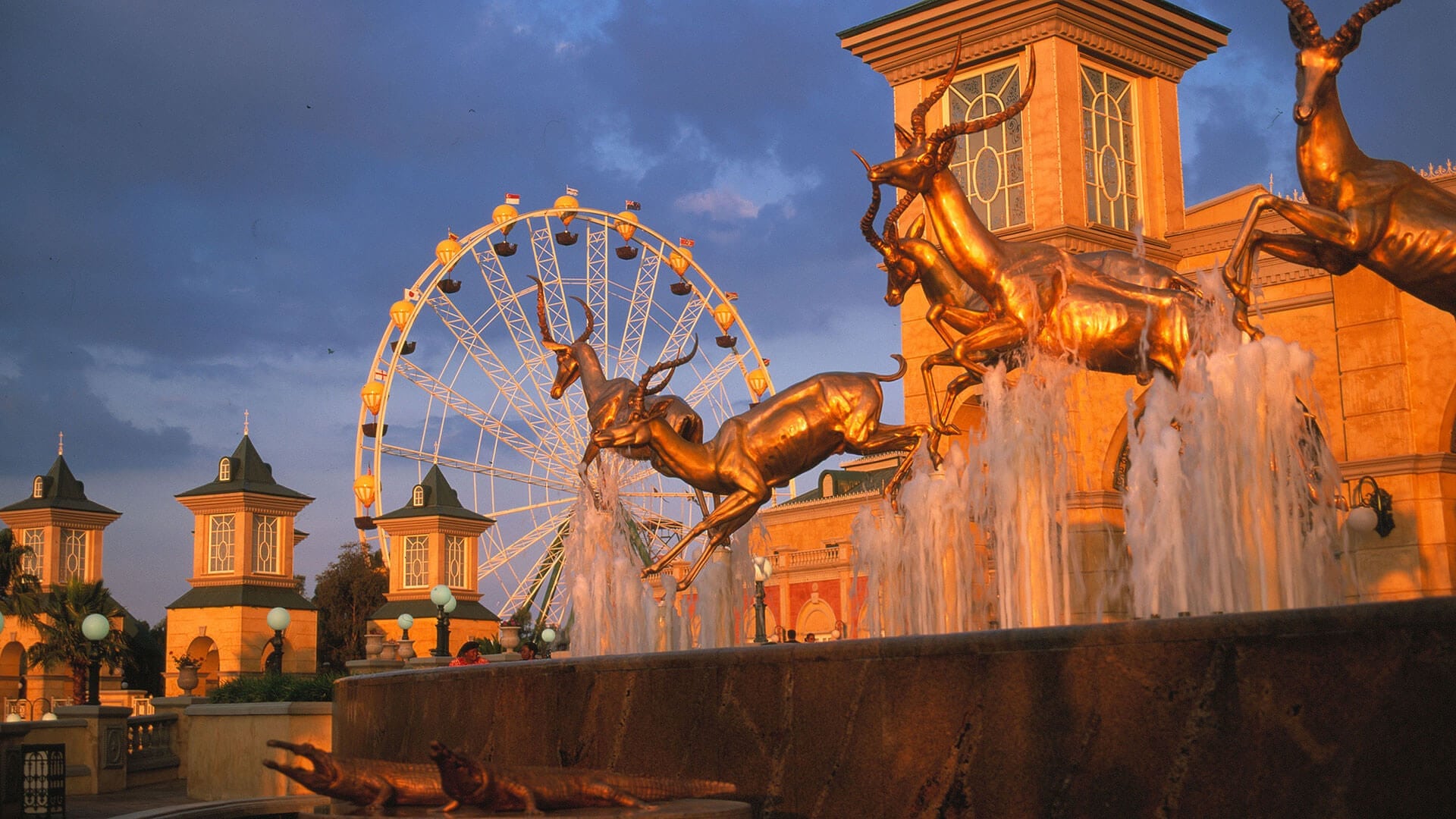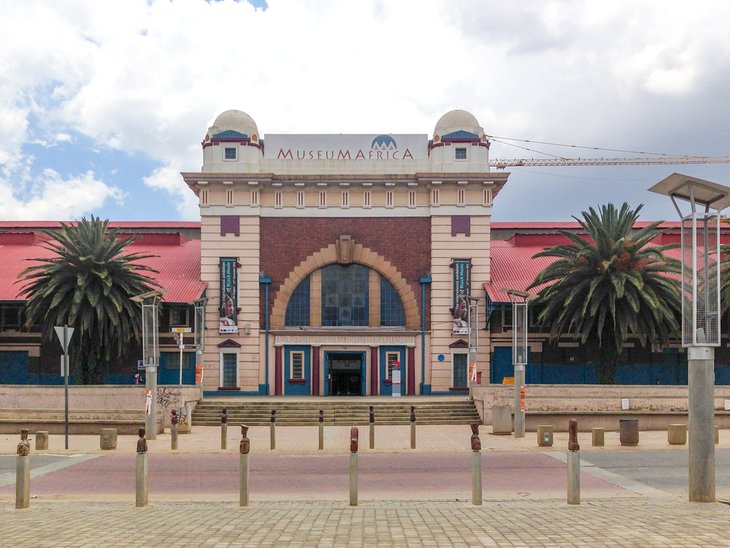Facts About Johannesburg North Attractions Revealed
Wiki Article
What Does Johannesburg North Attractions Do?
Table of ContentsJohannesburg North Attractions Can Be Fun For AnyoneJohannesburg North Attractions for BeginnersJohannesburg North Attractions Can Be Fun For AnyoneEverything about Johannesburg North AttractionsThe Basic Principles Of Johannesburg North Attractions All About Johannesburg North Attractions
The city expanded on the edge of the Witwatersrand Main Reef, a below ground stratum of gold-bearing quartz-silica empire that arcs for hundreds of miles beneath the Highveld - Johannesburg North attractions. Many of the gold mines in the city discontinued operation in the 1970s, yet in its day the Witwatersrand gold sector accounted for even more than 40 percent of the world's yearly gold production.Johannesburg has a warm climate. Summertime temperature levels average about 75 F (24 C); winter temperatures balance about 55 F (13 C) and only occasionally dip below cold. The city delights in concerning eight hours of sunshine each day in both winter and summer. Rain averages regarding 28 inches (700 millimetres) per year, yet the complete varies considerably from year to year.
What rainfall the city gets drops practically exclusively in the summer season months, frequently in spectacular late-afternoon electric storms. Air contamination poses a significant issue, specifically in the winter season, when thermal inversions hamper the westward circulation of air from the Indian Ocean. Pollution is most extreme in the largely worked out Black municipalities on the city's periphery, where lots of locals still rely upon coal for fuel.

Johannesburg North Attractions Can Be Fun For Anyone
The equilibrium of the city is occupied by whites. Accommodation varies in personality and high quality. Soweto is notorious for its countless rows of municipally developed, two-room matchbox homes, yet it likewise has a few flourishing enclaves in addition to bursting squatter camps, where 10s of thousands live without water, power, or sanitation centers.Physical growth, although somewhat restricted by transport, continued quickly as immigration to South Africa, and Johannesburg in particular, increased considerably.
The majority of bad suburban areas were mixed, with inadequate blacks and whites living together, although the rich residential areas were typically booked for whites. This altered with the election of the National Party in the 1948 elections, who started to formalise the system called discrimination. Apartheid formally designated which residential areas each race could reside in under the Group Locations Act.
The previous system of eleven phoned number areas was reorganised in 2006. Marshalltown, as seen from the top of the Carlton Centre. The M1 and M2 run behind the structures, and the southerly suburban areas extend past the highway limit. The internal city of Johannesburg lies within the city's Region F. The estimated population of the area is 200,000, [] yet the variety of people staying in the internal city on a casual basis is unknown, as several are unlawful immigrants. The majority of higher-income locals and white people have actually relocated to the north suburban areas and have been replaced by lower-income black people. The unemployment, education, and age profiles of the location are all unknown, because of the problem of getting reputable info concerning the location.
Top Guidelines Of Johannesburg North Attractions
Centred on the CBD, the region includes the suburban areas of Yeoville, Bellevue, Troyeville, Jeppestown, and Berea to the eastern. To the west it infects Pageview (Johannesburg North attractions) Continue and Fordsburg. There are small industrial parks to the south, such as City West-Denver and Benrose. Around go now 800,000 commuters go through the central city everyday, and it works as a local purchasing node for site visitors from the southern suburban areas. Yeoville and Bellevue have a mix of home structures and solitary household systems on tiny whole lots. The area is situated on a hilly divide that runs from east to west.
Johannesburg Stadium, a training school for both the Golden Lions and Orlando Pirates, is nearby. The eastern navigate here residential areas of Johannesburg are located in the city's 7th [] and 9th [] regions. The area is also functionally incorporated with East Rand border communities outside of the official border of Johannesburg, such as Bedfordview and Edenvale (both component of Ekurhuleni Metropolitan Town).
The Facts About Johannesburg North Attractions Uncovered
The eastern suburban areas are some of the oldest locations of Johannesburg, there are big communities of Jewish and various other European backgrounds, the majority of the population is English talking. There are three golf courses as well as a number of secured ridges with viewsites.The area is primarily made up of old "matchbox" houses, or four-room houses built by the government, that were constructed to offer inexpensive accommodation for black employees during racism. Soweto is an abbreviation, standing for "South Western Townships". Road after street in this area is lined with matchboxes; however, there are a few smaller areas where flourishing Sowetans have actually developed residences that are much more comparable in stature with those in even more upscale residential areas.
Hostels are an additional prominent physical attribute of Soweto. Originally built to house male migrant workers, several have been improved as dwellings for pairs and households. The N1 Western Bypass skirts the eastern border of Soweto. The residential area was not historically permitted to develop work centres within the location, so nearly all of its residents are commuters to various other components of the city.
Johannesburg North Attractions Things To Know Before You Buy
The N1 Western Bypass connects the northern residential areas with the north-western suburban areas. The suburbs in the north residential areas are mainly formal, without considerable locations of casual housing, or real estate that lacks a permanent framework. Although this is a recognized location, there is a trend of land usage modification from domestic to industrial, especially along primary arterial roads and around recognized nodes.Roadways to the eastern and west are much less well developed, as there are no freeways taking a trip in that direction. Towards the north border of the city, the thickness of growth decreases, leaving large locations of primitive land around Midrand.
The Single Strategy To Use For Johannesburg North Attractions
, which is situated on a hill ignoring the inner city and Hillbrow.Report this wiki page